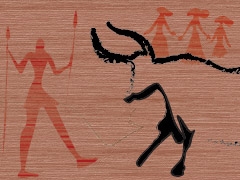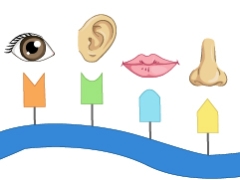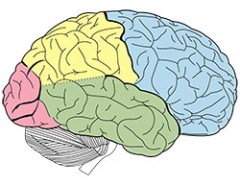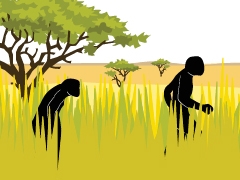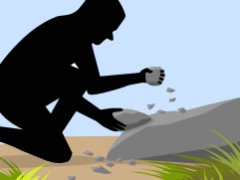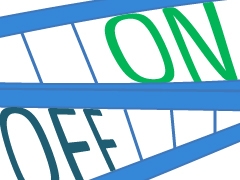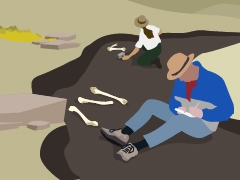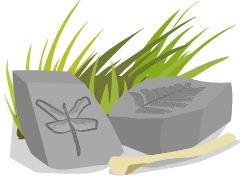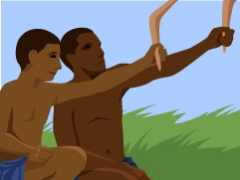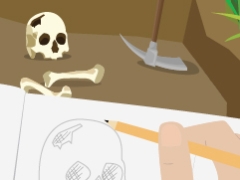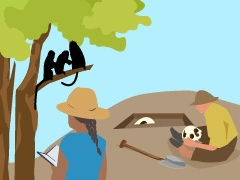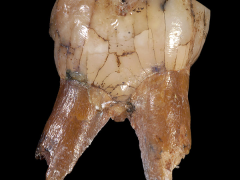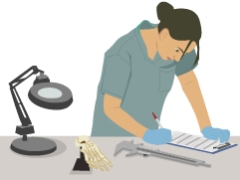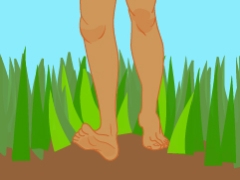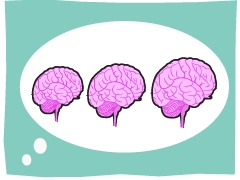World of Anthropology
Read about research projects being conducted at Arizona State University. Many of the articles you find on this page are written by graduate students in the anthropology departments. The list is always growing so be sure to come back and visit often.
A Brief History of History
Babies, Birth, and Brains
Because Your DNA Says So
Brains over Brawn
Changing Climates and Changing Faces
Chipping Away: Tools in the Stone Age
Chomp Into the Past
Sitting on the sofa, you flip through a family photo album. You see a young man dressed in a uniform from the 1940s. Your father looks a lot like the man in the black and white photograph.
Controlling the Code
Fossil Hunters
Fossils Rock: How Geology is Used in the Fossil Record
Historical Human Habitats
Life is Spelled A, T, C, G
More than Just Another Idea: Technology and Human Learning
Off to the Field We Go
On the Origin of Species
In 1859, Charles Darwin published a book called On the Origin of Species that completely changed our understanding of how biodiversity arises.
Our Primate Heritage
Team Primates
The Setting for Science
The Tales of Teeth
You are sitting in a dark movie theater. You are trying to enjoy the movie, but you keep thinking about a pesky piece of popcorn stuck between your molars, the back teeth.
There's no I in Human
To the Laboratory!
Walking Upright: A Tale of Two Legs
When Did Our Brains Get Big?
Who Are You?
Be Part of
Ask An Anthropologist
By volunteering, or simply sending us feedback on the site. Scientists, teachers, writers, illustrators, and translators are all important to the program. If you are interested in helping with the website we have a volunteers page to get the process started.

